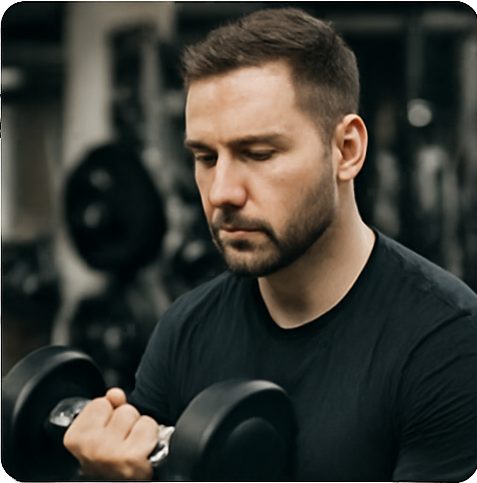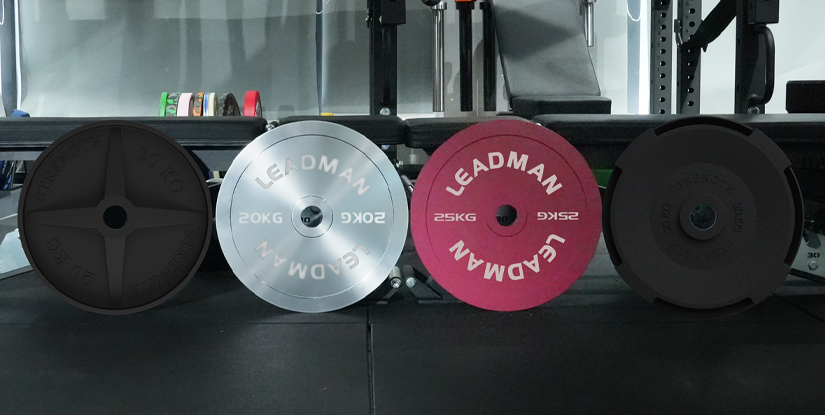The first time I heard someone talk about a 5 plate deadlift weight, I was like—wait, how much is that exactly?
So, quick breakdown: each big plate is 45 lbs. Stack five on each side, toss in the 45 lb barbell, and boom—you’re pulling 495 lbs. No joke.
If you’re used to kilos, that’s roughly 224 kg. Either way, it’s a pretty serious pull, especially in a commercial gym where not many people are repping it out casually.
Is That Heavy? Depends Who You Ask.
Honestly, when I first hit 5 plates, I thought I was crushing it—and yeah, in most commercial gyms, I kinda was.
For guys, a 5 plate deadlift means you’ve stepped into elite territory. Not many dudes can walk in and just rip 495 off the floor.
For women? Straight-up beast mode. Like, seriously impressive strength.
Anyway, here’s a quick look at where 495 lbs sits on the spectrum:
Male Deadlift Standards (lb)
| Strength Level | Weight | Bodyweight Ratio |
|---|---|---|
| Beginner | 173 lb | 1.00x |
| Novice | 246 lb | 1.50x |
| Intermediate | 336 lb | 2.00x |
| Advanced | 440 lb | 2.50x |
| Elite | 552 lb | 3.00x |
Female Deadlift Standards (lb)
| Strength Level | Weight | Bodyweight Ratio |
|---|---|---|
| Beginner | 84 lb | 0.50x |
| Novice | 132 lb | 1.00x |
| Intermediate | 193 lb | 1.25x |
| Advanced | 265 lb | 1.75x |
| Elite | 345 lb | 2.50x |
So yeah… pulling five plates ain’t average. But it’s definitely doable if you stay consistent and train smart.

My Journey to 5 Plates
Getting to a 5 plate deadlift weight didn’t happen overnight. Not even close.
It took me around 3 solid years of grinding at the gym. Before that? I was stuck pulling 405 for what felt like forever.
Eventually, things started to click. I cleaned up my form—no more rounding my back like a shrimp. I also started eating more (like, a lot more), and actually followed a proper program instead of just maxing out for fun.
So yeah, it wasn’t magic. Just time, food, and not lifting like an idiot.
How I Broke Past 5 Plates
What Actually Helped
Once I hit the 5 plate deadlift weight, I thought I was close to six. Spoiler: I wasn’t.
I kept stalling because I was maxing out too often. Felt cool—until it didn’t. My body was fried, and my numbers flatlined.
So I switched gears:
- Backed off the ego lifts. I stuck to 70–80% for reps.
- More volume, less burnout. That built my engine.
- Deficit pulls + paused reps. Brutal, but they cleaned up my weak spots.
- Grip work, core work, everything in between. I stopped skipping the little stuff.
- Sleep and food? Non-negotiable. I started treating recovery like it was part of the workout.
Honestly, just training smarter made the difference.
So… How Long Does It Take?
Short answer? It depends.
If you’re already pulling 495, that jump to 585 can take 6 to 12 months—assuming you’re dialed in.
But if you’ve been stuck there a while? Something’s off. Might be your program, your recovery, or even your mindset.
Either way, don’t rush it. 6 plates isn’t just strength—it’s consistency over time.
If you’re chasing that 6-plate pull, just know—real strength is built in the grind. Stay locked in, trust your program, and the bar will move.
FAQs about 5 Plate Deadlift Weight
Yes, a 315 lb deadlift is definitely solid, especially for someone who’s not a competitive lifter. For many gym-goers, it’s a big milestone. It shows decent strength and consistency. However, in powerlifting circles, it’s more of a baseline. Still, if you’re pulling three plates with good form, you’re on the right path.
Absolutely! At 15, pulling 225 lbs means you’re way ahead of the curve. Most teens are still figuring out form. If you’ve hit two plates already, it shows strong potential—just keep training smart and stay injury-free.

Hi, I’m the editor here at Leadman Fitness. We’re a manufacturer focused on producing top-quality barbells, plates, kettlebells, dumbbells, and strength training gear. I’ve been into sports and fitness for years, and I know my way around all kinds of gym equipment—both from using it and helping create it.
I spend a lot of time understanding the real problems people run into in the gym—whether it’s beginners trying to pick the right gear or experienced lifters looking for something more durable. I stay in close touch with our production team and talk directly with other equipment makers, so we’re always improving based on what real lifters and coaches are looking for.
What I share comes from hands-on experience—stuff that actually helps people train better, not just in theory, but in real gyms.
